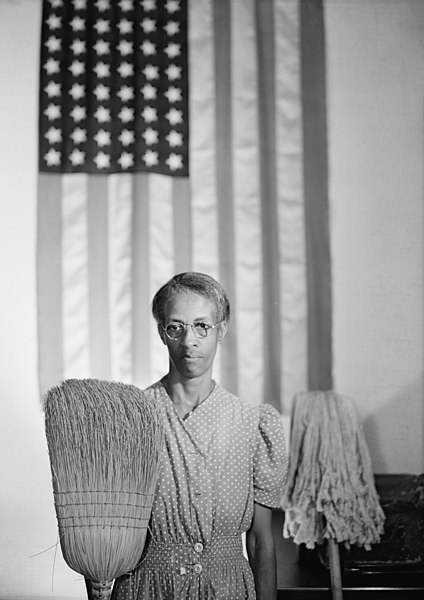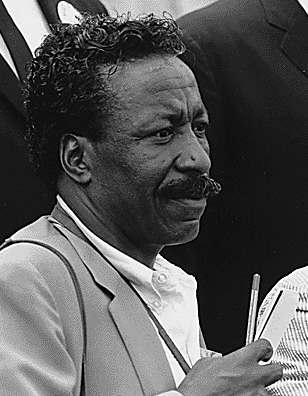What are some key theories related to communication/media technology?
- Diffusion of Innovations
- Social Construction of Technology
- Technological Determinism
- Winston’s Model Communication Technology Development
- Others...
Examples:
Rogers' Diffusion of Innovations
“the process by which an innovation is communicated through certain channels over time among the members of a social system.”(Rogers).
Winston’s Model of Communication Technology Technology Development,
Winston's models explains how technologies develop from idea to prototype to diffusion.
Media Technology and Society: A History From the Telegraph to the Internet
More details on these theories later.
Share this post with others. See the Twitter, Facebook and other buttons below.
Please follow, add, friend or subscribe to help support this blog.
See more about me at my web site WilliamHartPhD.com.















